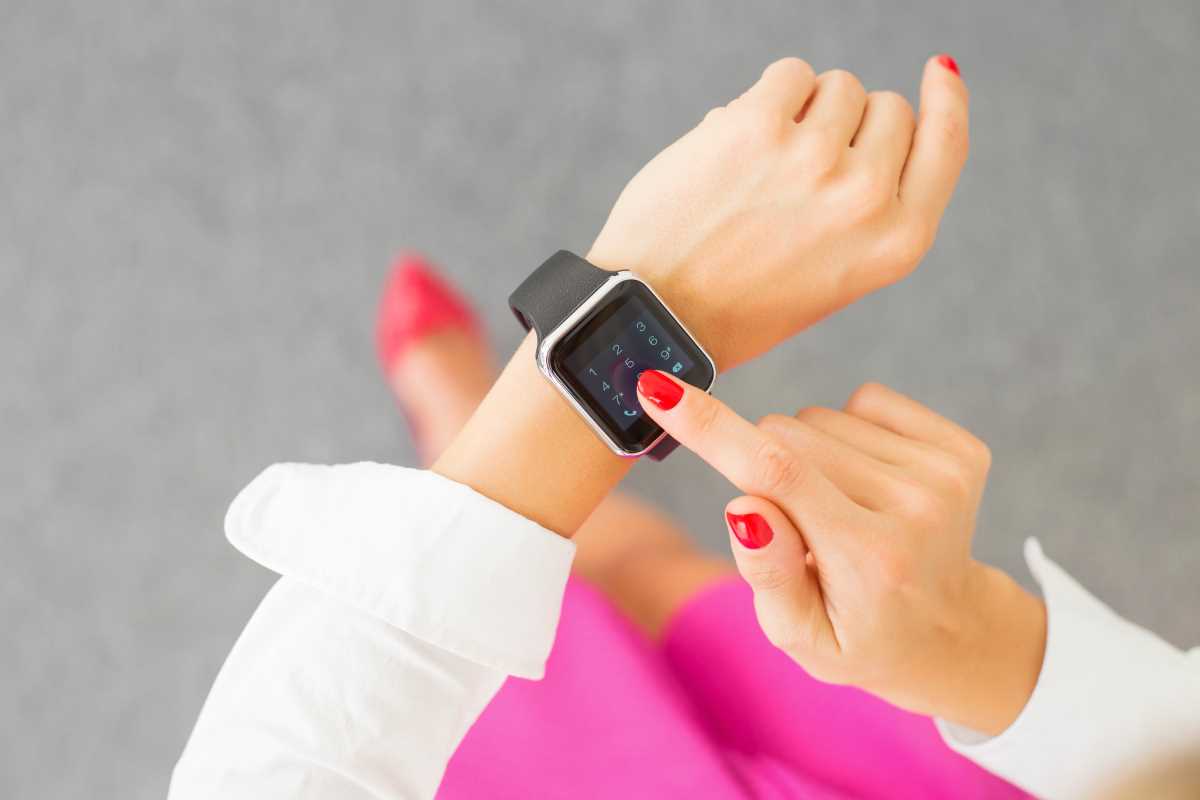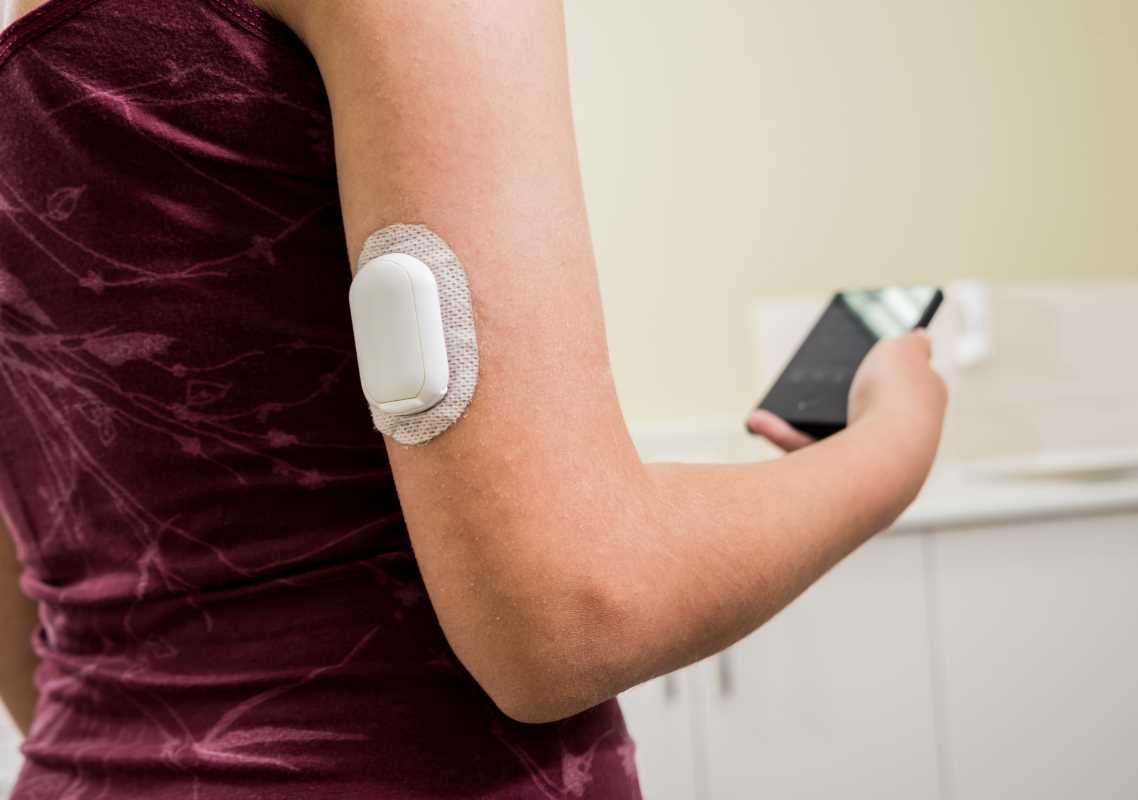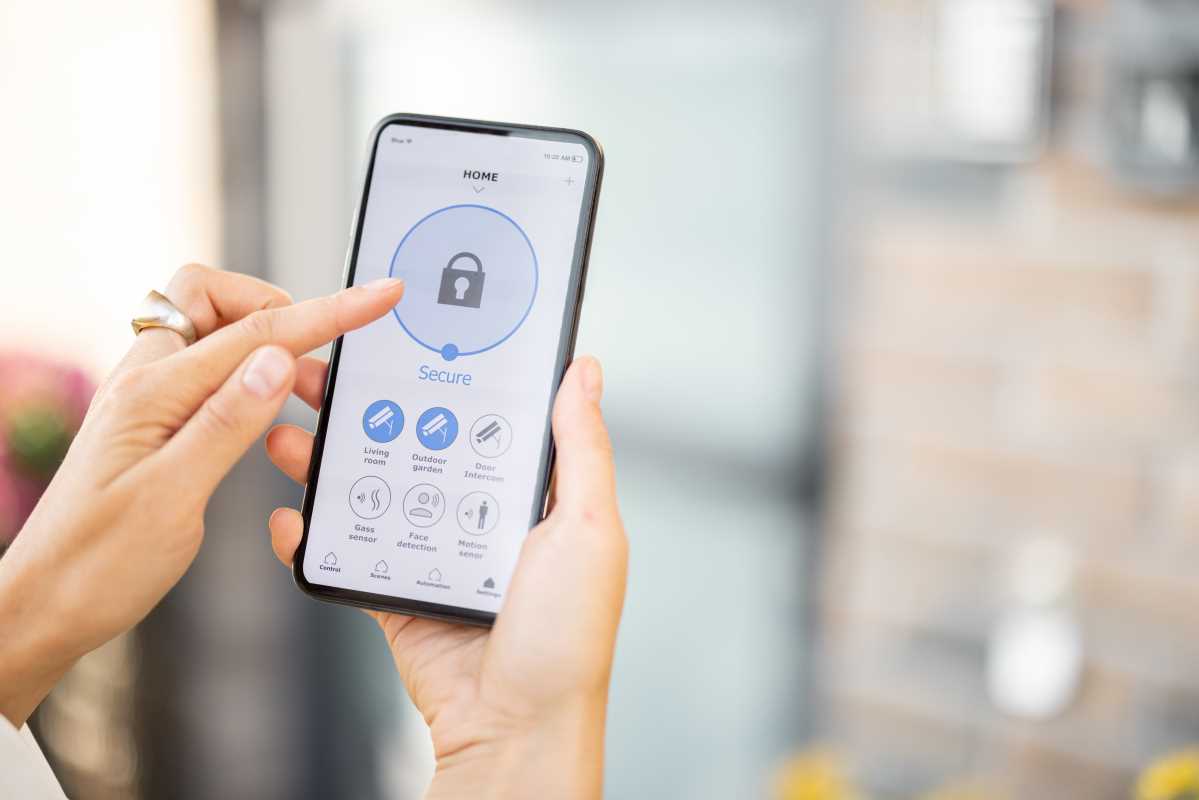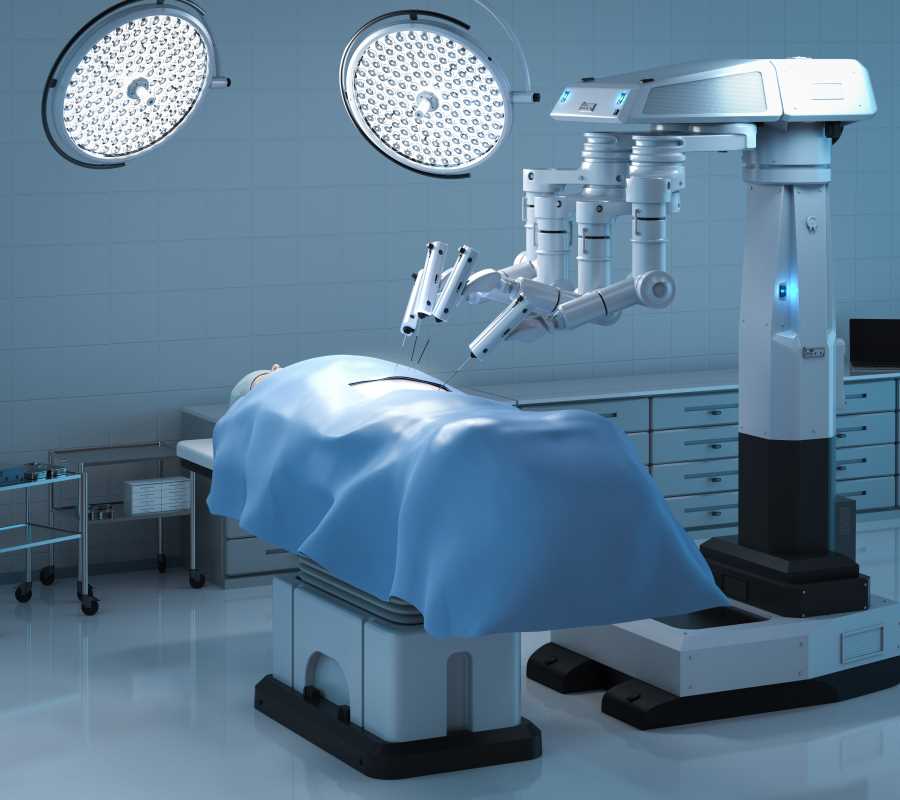Atrial fibrillation (AFib) is a common heart rhythm disorder that affects millions of people worldwide. Left untreated, AFib can increase the risk of stroke, heart failure, and other serious complications. Early detection can be life-saving, but symptoms often go unnoticed until an episode occurs. Fortunately, wearable technology like smartwatches is revolutionizing how AFib is identified. Using advanced sensors and algorithms, these devices monitor heart activity around the clock, making it easier to spot irregularities. We're going to discuss the specific ways smartwatches predict signs of AFib and how their features are helping people live healthier, more informed lives.
What is Atrial Fibrillation?
Atrial fibrillation occurs when the upper chambers of the heart beat irregularly and out of sync with the lower chambers. Instead of a steady rhythm, the heart races or quivers unpredictably. Some people experience symptoms like palpitations, fatigue, shortness of breath, or dizziness, but many remain asymptomatic. This makes AFib difficult to detect without continuous heart monitoring.
Smartwatches address this challenge by acting as personal heart monitors, constantly collecting data, and alerting users to irregular patterns. Their ability to provide real-time insights is one of the strongest tools for catching this condition early.
1. Optical Heart Rate Sensors
An optical heart rate sensor is one of the most fundamental tools in smartwatches. This feature uses photoplethysmography (PPG), a technology that shines light into your skin to measure blood flow changes.
How It Works:
- Built-in LEDs emit light that penetrates the skin.
- As blood circulates with each heartbeat, light reflection changes.
- These changes are analyzed to calculate a user's heart rate and rhythm.
AFib Detection:
Smartwatches equipped with advanced PPG sensors can identify patterns of irregular heart rhythms. An inconsistent interval between heartbeats might indicate AFib. Some devices send notifications if irregularities persist, prompting users to seek medical advice.
Devices like the Fitbit Sense and newer models of Garmin watches include PPG monitoring specifically designed to detect irregular heart activity. Live feedback tracks fitness and also flags potential heart concerns like AFib.
2. Electrocardiogram (ECG) Monitoring
Unlike optical sensors, ECG technology directly measures electrical signals from the heart. Some smartwatches feature an ECG function, enabling users to monitor for arrhythmias on demand.
How It Works:
- Users place their fingers on the watch's electrodes to complete the circuit.
- The device records an electrical signal from the heart, replicating a simple single-lead ECG test.
- The data reveals heart rhythm patterns, including irregularities characteristic of AFib.
AFib Detection:
ECG-enabled devices like the Apple Watch Series 8 provide FDA-approved ECG monitoring. These watches measure electrical activity and send alerts about irregular rhythm episodes. Apple’s technology even produces PDF reports that users can share directly with their healthcare providers.
Having this kind of diagnostic tool on your wrist bridges the gap between awareness and actionable care. A person feeling mild symptoms, like occasional fluttering, could immediately capture an ECG reading and detect AFib before it worsens.
3. AI-Powered Algorithms Analyze the Data
Heart-monitoring features by themselves would be far less effective without the AI algorithms working behind the scenes. These algorithms analyze vast amounts of heart data, comparing it to known signs of atrial fibrillation.
How It Works:
- Algorithms process heartbeat data to spot irregular patterns.
- Advanced machine learning allows the system to improve accuracy over time by comparing millions of readings.
- For devices connected to cloud services, global comparisons are made to refine detection models.
AFib Detection:
Wearables like the Samsung Galaxy Watch or Withings ScanWatch integrate AI-powered analytics to refine their assessments. These algorithms increase detection accuracy and reduce false alarms, meaning users are notified only for significant irregularities that resemble AFib episodes.
AI takes these devices beyond basic tracking. You may not notice skipped beats or irregular intervals, but the algorithm highlights even subtle abnormalities that fit AFib criteria.
Smart Features Beyond Basic Detection
Predicting AFib is just the beginning of what smartwatches offer for heart health. Many models include additional features that enhance their ability to predict and manage atrial fibrillation.
Sleep Monitoring
Disrupted sleep or irregular sleep patterns can increase the risk of AFib, and smartwatches often track sleep as part of comprehensive health monitoring. Devices like the Fitbit Sense and Apple Watch analyze sleep stages alongside heart rate data, identifying risks related to poor recovery.
Personalized Health Insights
Health apps connected to smartwatches, such as Apple Health or Fitbit Premium, present heart rate trends, activity levels, and irregular rhythm data in one place. These consolidated insights help users identify triggers, such as stress or dehydration, that might contribute to AFib.
Alerts and Connectivity
Smartwatches like the Garmin Venu 2 Plus or Samsung Galaxy Watch actively send emergency alerts or prompt users to contact their doctor when critical heart data is detected. Messaging or SOS services are typically integrated, allowing a person to respond quickly during concerning episodes.







